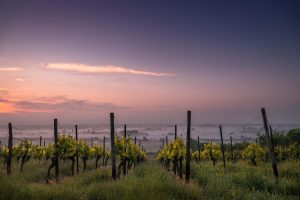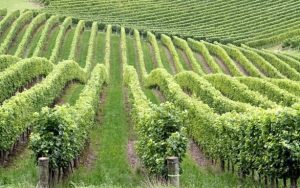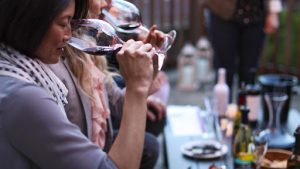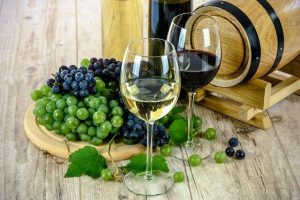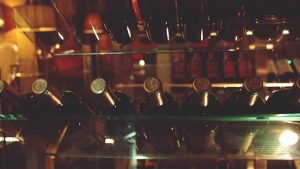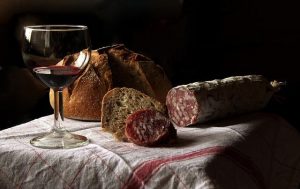A Helpful Guide To Pairing Wine And Chocolate
Pairing wine and chocolate certainly sounds like a match made in heaven. But getting the pairing right is another matter. These ingredients can overpower the palate and matching the wrong wine with dessert could result in a tasting disaster. Below, we will talk you through our helpful guide to ensure you can confidently pair chocolate and wine at your next wine tasting or dinner party. Wine And Chocolate: An Ideal Wine Pairing Many wine tasters have trouble pairing chocolate desserts and wine. To master this pairing, you need to understand the structural components of each ingredient and how they interact with each other. Although some argue that the success of this pairing is largely subjective, there are a number of principles that you can use to guide you. The flavour, acidity, weight and length of wine will have a much larger impact on the texture and sweetness of chocolate than some may anticipate. However, with the right guidance and practice pairing wine and chocolate will become a simple task. Tips For Successfully Pairing Wine And Chocolate As we mentioned, a successful pairing of wine and chocolate comes with an in-depth understanding of the relationship and affinities between these two ingredients. Both are capable of leaving a lasting impression on the palate, so knowing how to balance their characteristics is essential. Below, we will mention the top considerations that you must keep in mind when choosing which wine to pair with chocolate and vice versa. Keep Tannins In Mind As you may know, tannins are naturally occurring compounds in grapes. Yet, they are also present in chocolate. The higher the percentage of cacao, the more tannins there are. You should try to avoid pairing a tannin-heavy wine with tannin-rich chocolate. For instance, if you are serving a chocolate mousse with a high cacao content, it is best to consider pairing with a wine that offers a fuller body, robust aroma or an intense fruit inspired flavour profile. Zindanfels can be a great pairing for tannin-rich dark chocolate due to their dense fruit flavour and higher alcohol levels. The fact that Zinfandel tends to have lower and softer tannins also means they do not clash with the tannins in chocolate. Start Sweeter An easier pairing method is to try to err on the side of sweetness. Choosing a wine that is slightly sweeter than your chocolate-themed dessert will usually ensure a successful pairing. As both wine and chocolate carry a natural intensity, the two ingredients can often partake in a palate power display. To create a friendly balance between the two, let the chocolate take the leading role while the wine supports with a slightly sweeter aftertaste. For example, consider pairing with a fortified Port, Madeira or an Italian sparkling wine such as the Fattoria Conca d’Oro. Pair Weight With Weight Pairing a full-bodied wine with lighter flavoured chocolate will ultimately diminish the elegance of the chocolate. That is why it is important to consider weight when pairing wine and chocolate. …



